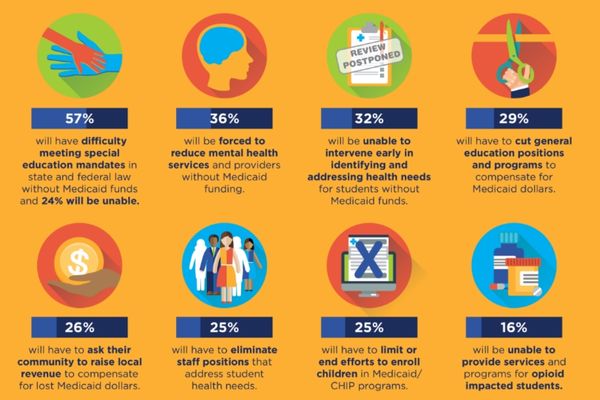Pausing From the High-Stress Treadmill
Type:
Article
Topics:
Health & Wellness,
School Administrator Magazine
April 01, 2016
President's Corner
My district spent the last several months exploring our school calendar and focused beyond start and end dates. We wanted a new daily schedule and yearly calendar that takes into account the social and emotional wellness needs of our students and staff.As part of the process, we examined ways to collapse the day to ensure our children and adults are not in our buildings from 6 a.m. to 10 p.m. with a heavy load of classes, athletic activities and fine and performing arts. While we want students engaged in school activities in the late afternoons, we don’t want them leaving the building with additional pressures and stresses — on top of their homework and other commitments — when their school day ends.
We also looked at building an annual calendar that provides opportunities for students and teachers to decompress and focus on being kids or spend time with their families so they are re-energized when they return.
Most importantly, we listened to teachers, students and parents about the high levels of stress and pressure placed on all of us today in our nation’s public schools.
What resulted from the feedback, input and insights of our young people and adults? We learned we had to give students and staff permission to take some mental time off during the school year.
Our staff is incredibly professional and high-functioning, as I’m sure is the case in your district. In the absence of giving them permission to not work, they work.
So beginning next year, we’re developing some work-free weekends and breaks where we are specifically asking our staff to not give homework, to not grade homework and to not create lessons. Instead, we want them to focus on their family. We want them to be refreshed when they step back into the classroom.
Likewise, we are asking our students to take some weekends to not worry about the stresses of studying and juggling classwork with co-curricular practices and competitions. It is our hope that during these designated periods, students hang out with friends, read leisurely and simply be kids.
For the summer, we are working to create a two-week blackout period where we don’t run the traditional athletic camps, summer classes, marching band camps and transitional courses. This will allow families to take vacations together and students to go to the neighborhood swimming pool or library with friends.
It is our belief that improving opportunities for students and adults to focus on family and not be consumed 24/7/365 with their professional responsibilities will lead to much healthier, more productive individuals. We think these breaks will provide students and teachers with the model of a lifestyle they can take with them when they leave our schoolhouse doors.
In other news, AASA recently launched the Redefining Ready! campaign to provide a multimetric approach to determining whether students are ready for life beyond high school.
Multiple indicators such as dual-credit courses, Advanced Placement/International Baccalaureate exam scores, community service hours, participating in co-curricular activities and identifying a career interest are a few of the research-based metrics we have identified that redefine what it means to be ready.
Visit www.RedefiningReady.org today to personally endorse this campaign and to download a sample board of education resolution that your board can adopt to support this new definition of college and career readiness. Let us know when your board endorses this initiative by sending a note to RedefiningReady@aasa.org or using the hashtag #RedefiningReady on Twitter.
And please share your thoughts on social and emotional learning with #leadexcellence on Twitter. Thank you for all you do for our nation’s public schools.
Author
Advertisement
Advertisement
Advertisement
Advertisement




